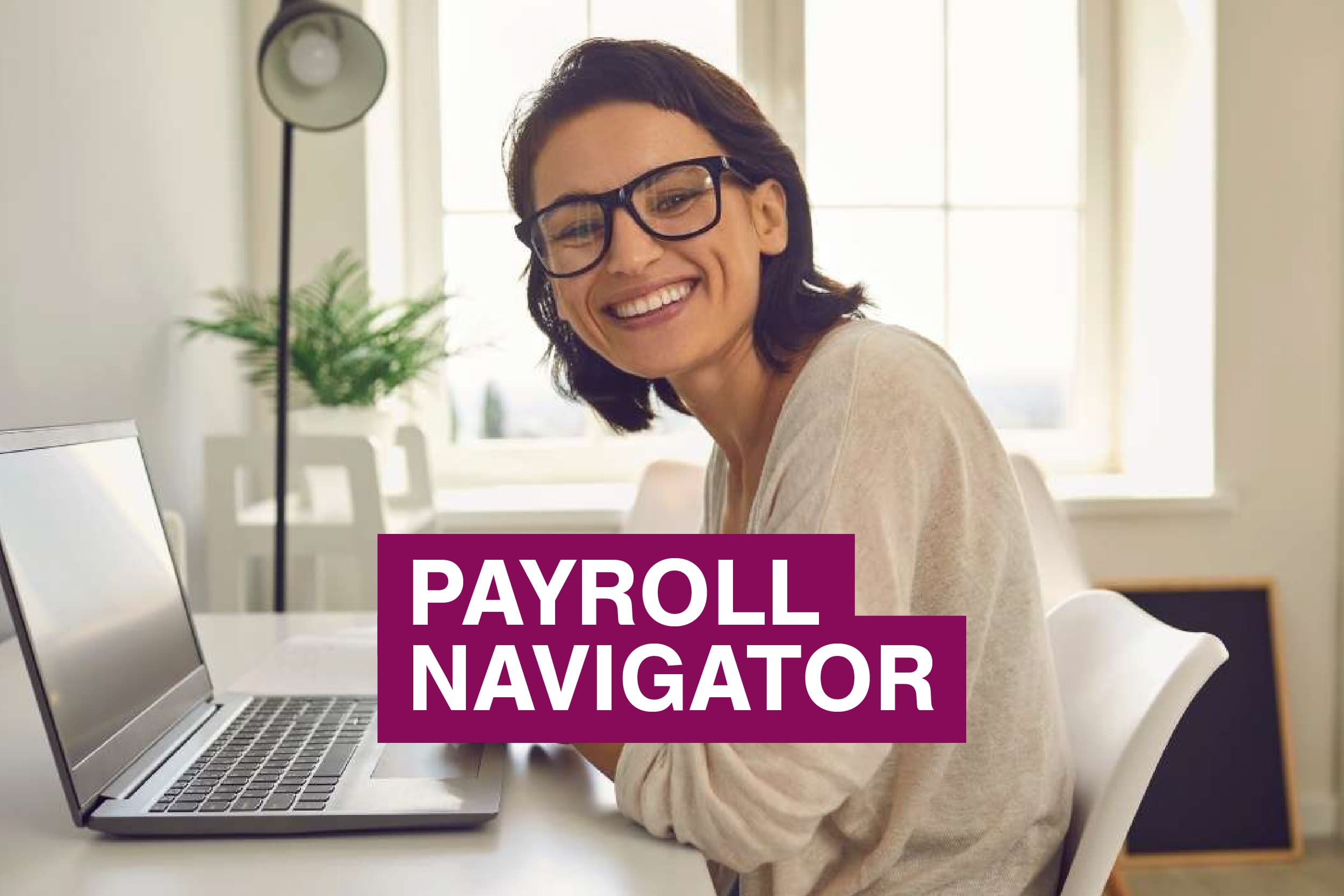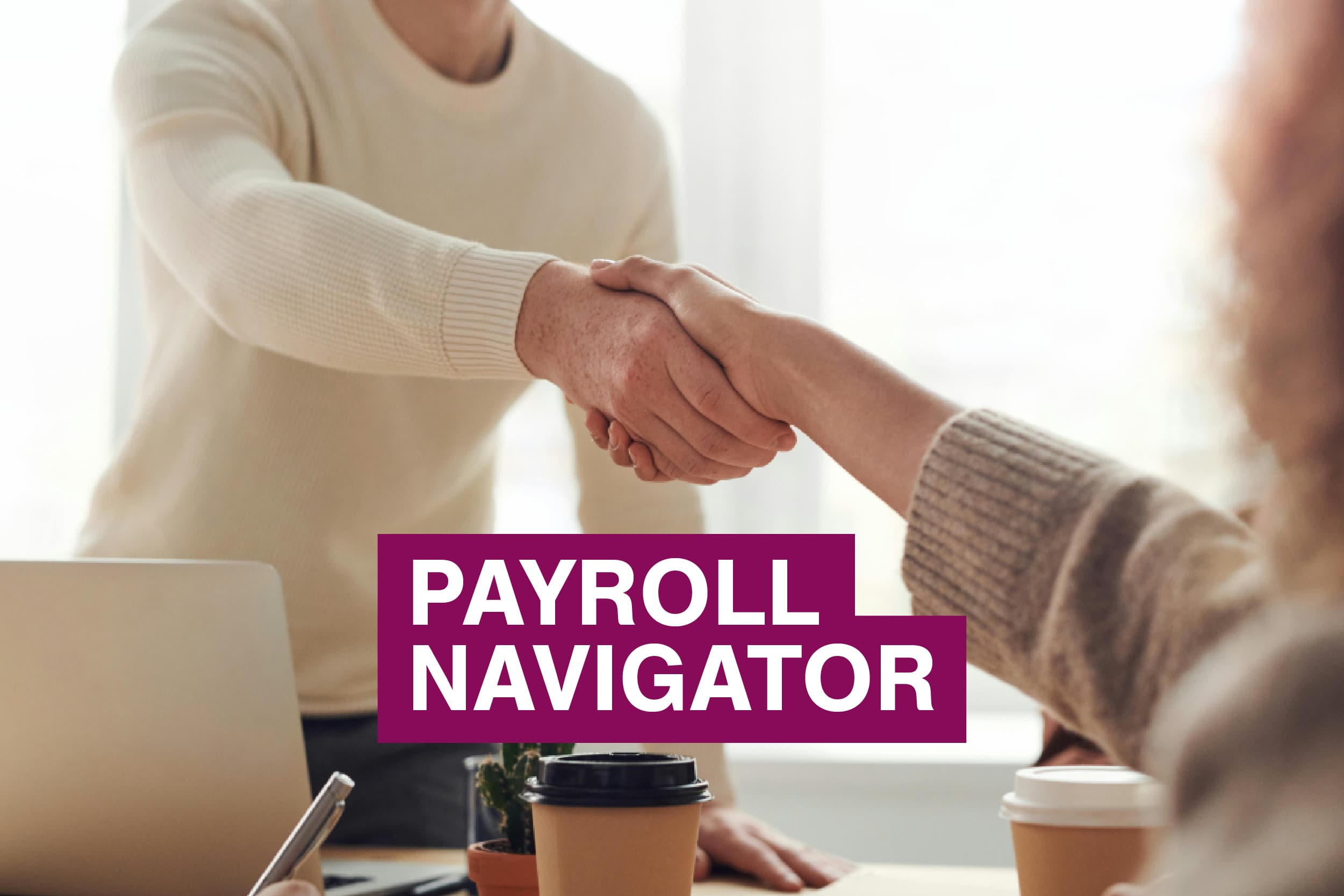
How do I integrate payroll technology into my HR tech stack?
For 1 in 10 European companies, integrated and efficient payroll is their most urgent challenge.
In the evolving landscape of human resources management, integrating payroll technology isn't just about convenience; it's a strategic imperative. However, our new research shows that for one in ten European companies, creating an integrated and efficient payroll system remains an urgent yet unmet challenge.
Putting payroll first
To address this challenge effectively, it’s crucial to view payroll as the foundation of the organization's HR tech infrastructure, acknowledging its central role and impact on the entire organization and employee experience. Taking this foundational approach streamlines your integration efforts, ensuring that all other HR technologies can also work harmoniously together.
What the data reveals
Yet, despite payroll systems' fundamental role in HR operations, 1 in 4 European companies state integration of payroll software with other systems is their main payroll challenge. While 45% of European companies are investing in HR tech, only 1 in 4 are currently focusing on system integrations or plan to soon, and only 1 in 5 companies plan on investing in it in the medium to long term. This statistic is particularly concerning because integrated payroll systems are crucial for ensuring operational cohesiveness and efficiency.
The benefits of payroll integration
Effectively integrating payroll systems within the HR tech stack is essential to success. Without integration, systems remain disconnected, creating data silos that lead to inefficiencies and a higher chance of errors. Integrated payroll ensures data accuracy, consistency, and streamlined processes. Not to mention, cloud migration is becoming increasingly important for successful integration, especially for SMEs seeking all-in-one systems. Cloud-based payroll solutions offer scalability, accessibility, and flexibility, enabling smoother data sharing and collaboration across different departments and locations.

Integrating payroll technology also enhances data accuracy and consistency by ensuring seamless data sharing between payroll and other HR systems, such as time tracking and benefits management. This minimizes discrepancies and enhances data integrity. Automated data flows from integrated systems reduce the need for manual data entry, thus saving time and reducing costs associated with labor, and reporting and analytics capabilities are improved when systems are integrated. Plus, an integrated approach ensures that updates in regulations, employee status, or benefits are reflected across all platforms, fast, thereby aiding compliance with various legal requirements. Lastly, the centralized data of an integrated payroll technology will also help to facilitate a streamlined use of AI. The accurate and timely payroll processing this enables, coupled with easy access to payroll data, significantly improves the overall employee experience.
Why prioritize payroll integration?
The urgency for integrated payroll systems is palpable. Technological leaps demand cohesive systems, while regulatory complexities mandate compliance across borders. And it’s important to remember that seamless payroll services are a magnet for top talent, giving companies a competitive edge in the talent war.
Collaborating on payroll integration
To navigate this integration journey successfully, HR leaders must chart a course that aligns with current and future needs. Choosing vendors known for their robust integration capabilities and strong customer support is crucial. It is also important to engage all relevant stakeholders from the outset to tailor the system to the needs of HR, finance, IT, and other departments. Implementing the integration in phases, starting with a pilot program to troubleshoot issues before a full-scale rollout, can prevent major disruptions. Lastly, it’s vital to continually monitor the system post-integration, addressing any issues promptly and making necessary adjustments to optimize performance.

Tilman Rotberg
Managing Director


